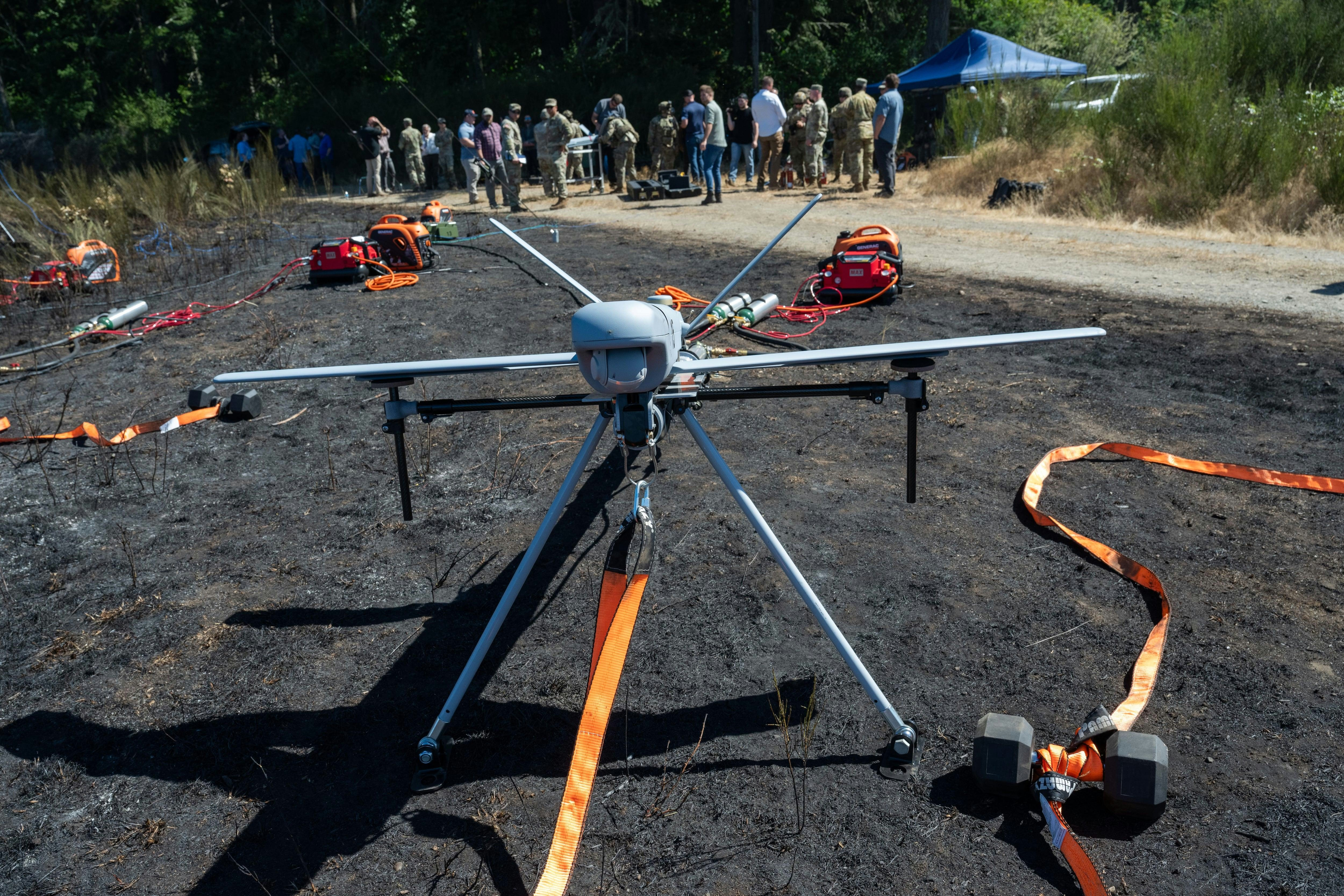
AeroGenie — Your Intelligent Copilot.
Trending
Categories
Embraer Projects 10,500 Regional Aircraft Deliveries by 2045

Embraer Projects 10,500 Regional Aircraft Deliveries by 2045
Embraer has unveiled its latest 20-year market forecast, anticipating a global demand for 10,500 new regional aircraft with fewer than 150 seats by 2045. This projection encompasses both jets and turboprops, reflecting the company’s confidence in the sustained expansion of regional aviation and the increasing importance of smaller aircraft in the sector’s future development.
Drivers of Growth in Regional Aviation
The forecast is underpinned by several key factors. The resurgence of regional air travel following the COVID-19 pandemic, coupled with growing demand for connectivity in developing regions, is expected to fuel market expansion. Airlines are also prioritizing operational efficiency and emissions reduction, which has heightened interest in right-sized aircraft. These smaller planes provide the flexibility to serve lower-density routes and operate from airports with limited infrastructure, making them indispensable in both emerging and established markets.
Regional aviation is set to play a central role in fleet renewal and expansion, particularly across Asia-Pacific, Latin America, and Africa, where infrastructure improvements and population growth are driving increased air traffic. In more mature markets such as North America and Europe, carriers are increasingly deploying smaller aircraft to optimize network structures and better align capacity with demand, thereby enhancing profitability.
Challenges and Strategic Responses
Despite the optimistic outlook, Embraer faces significant challenges. Competition remains intense, with rivals such as Bombardier and Airbus actively developing new models and expanding service offerings to capture a larger share of the regional market. Additionally, fluctuating global economic conditions and evolving travel patterns could influence demand, placing greater emphasis on Embraer’s cost-efficiency and technological innovation. This is particularly critical given the company’s substantial involvement in the maintenance, repair, and operations (MRO) sector for regional jets.
In response, Embraer is implementing strategic initiatives to reinforce its market position and diversify its customer base. Notable efforts include the establishment of a subsidiary in India and expanded defense collaborations, both aimed at accessing new markets and broadening the company’s portfolio.
Product Innovation and Sustainability
Embraer’s current and forthcoming product lines, including the E-Jet E2 family and next-generation turboprops, are tailored to meet evolving market demands by delivering enhanced performance, reduced fuel consumption, and lower environmental impact. These aircraft are expected to replace aging fleets and satisfy new operational requirements, supporting the broader industry transition toward more sustainable aviation.
This long-term market outlook underscores the vital role regional aviation will continue to play in improving global connectivity and advancing industry-wide objectives for greener, more efficient air travel, even as Embraer navigates a competitive and rapidly evolving landscape.
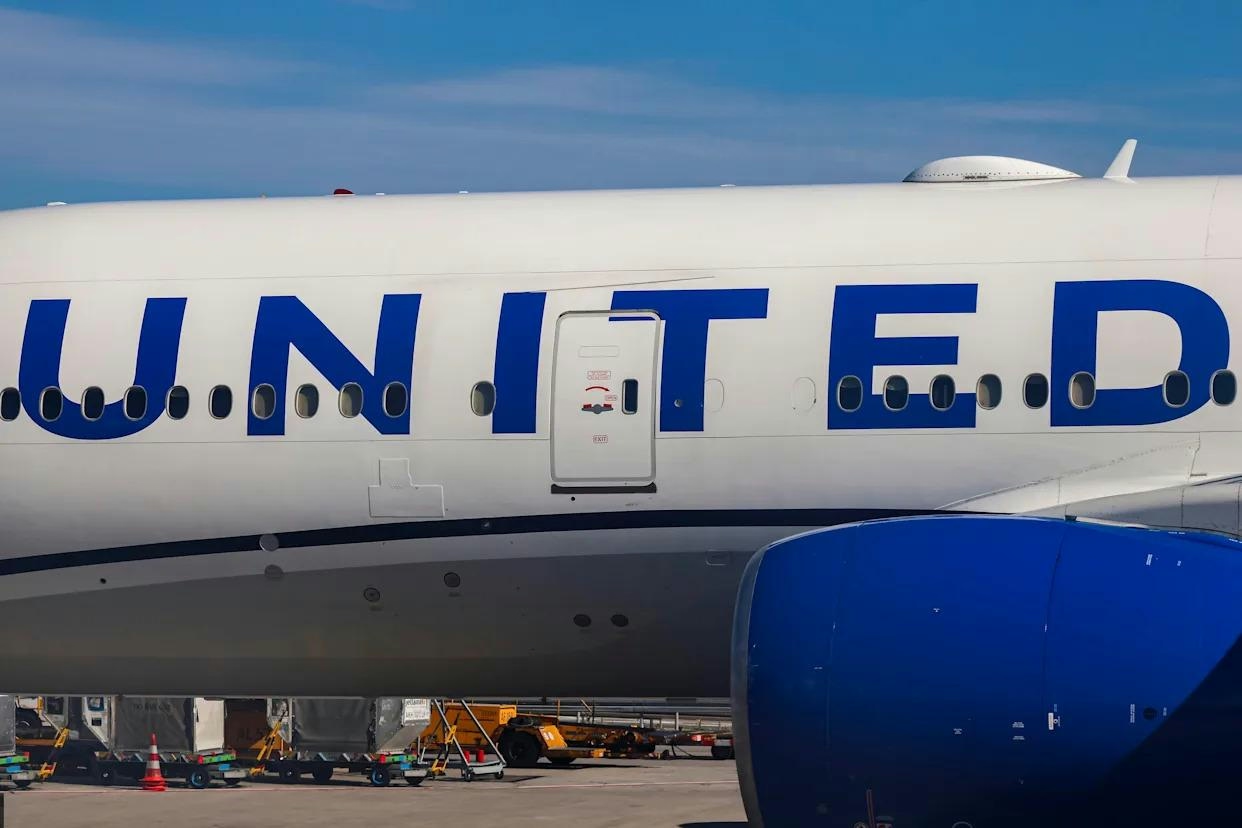
United Airlines Flight Returns to Dulles After Engine Failure on Takeoff

United Airlines flight makes emergency landing at Dulles after engine failure

The Impact of the New Air Force One’s Delayed 2028 Arrival on Aviation and Travel
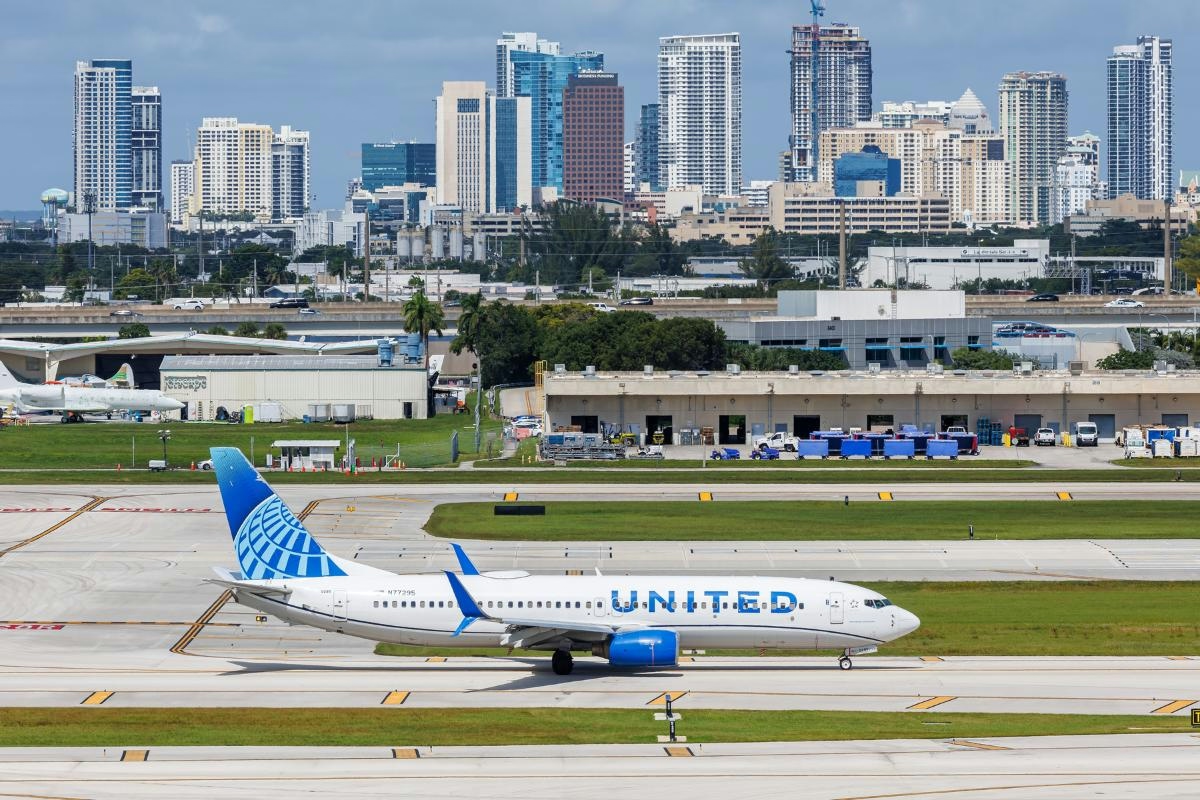
United Airlines Restarts Controversial AI Scheduling for Flight Attendants
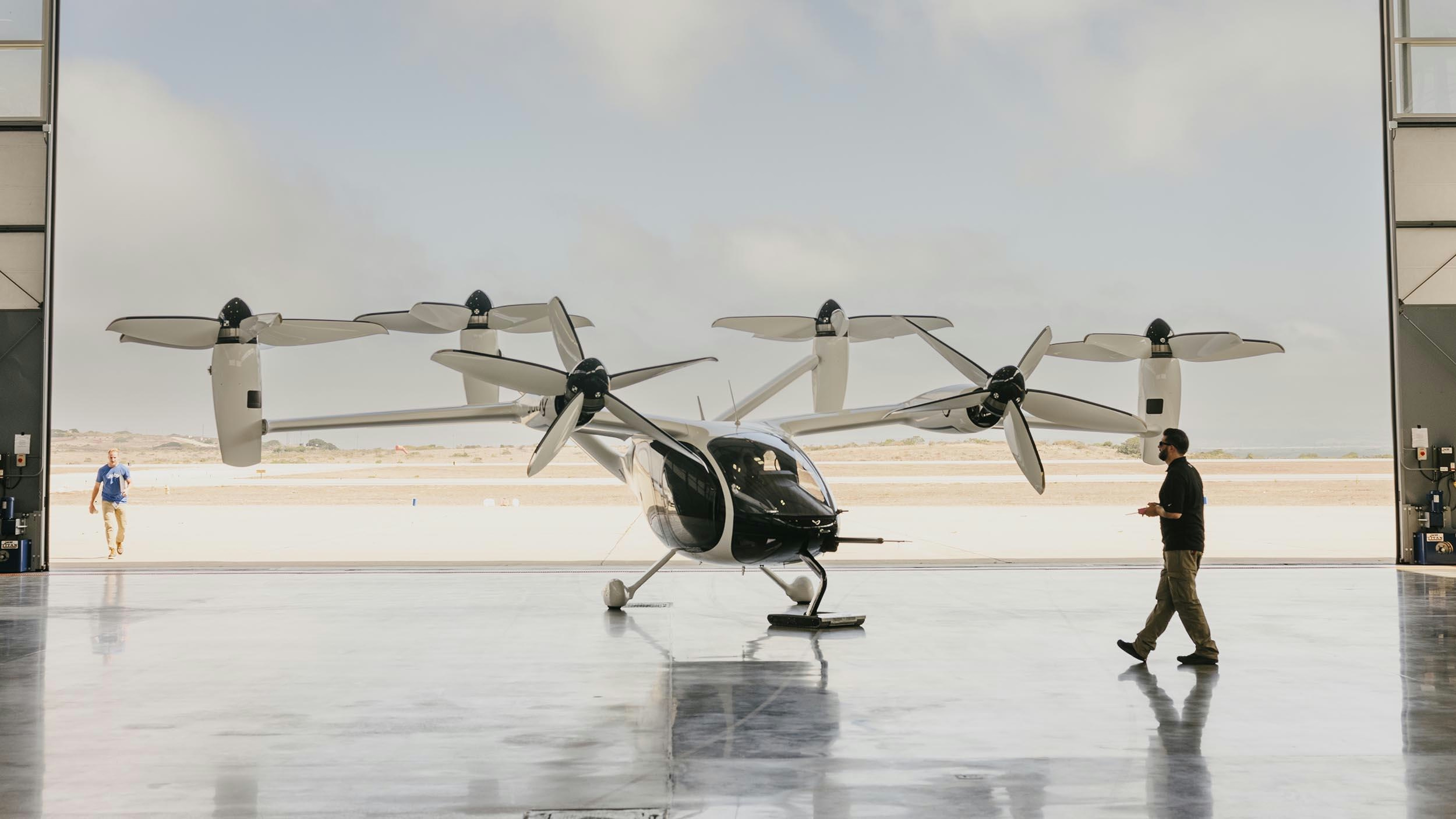
Joby Aviation’s Air Taxis Poised to Change Urban Travel and Tourism
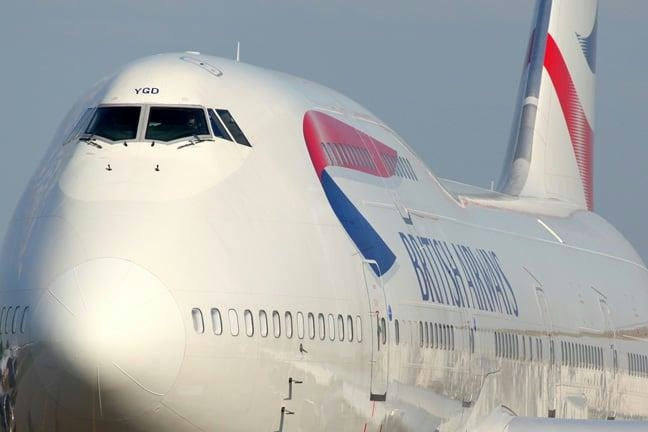
BA Chief Warns AI Agents May Diminish Brand Visibility

How GE Is Meeting Global Jet Engine Demand
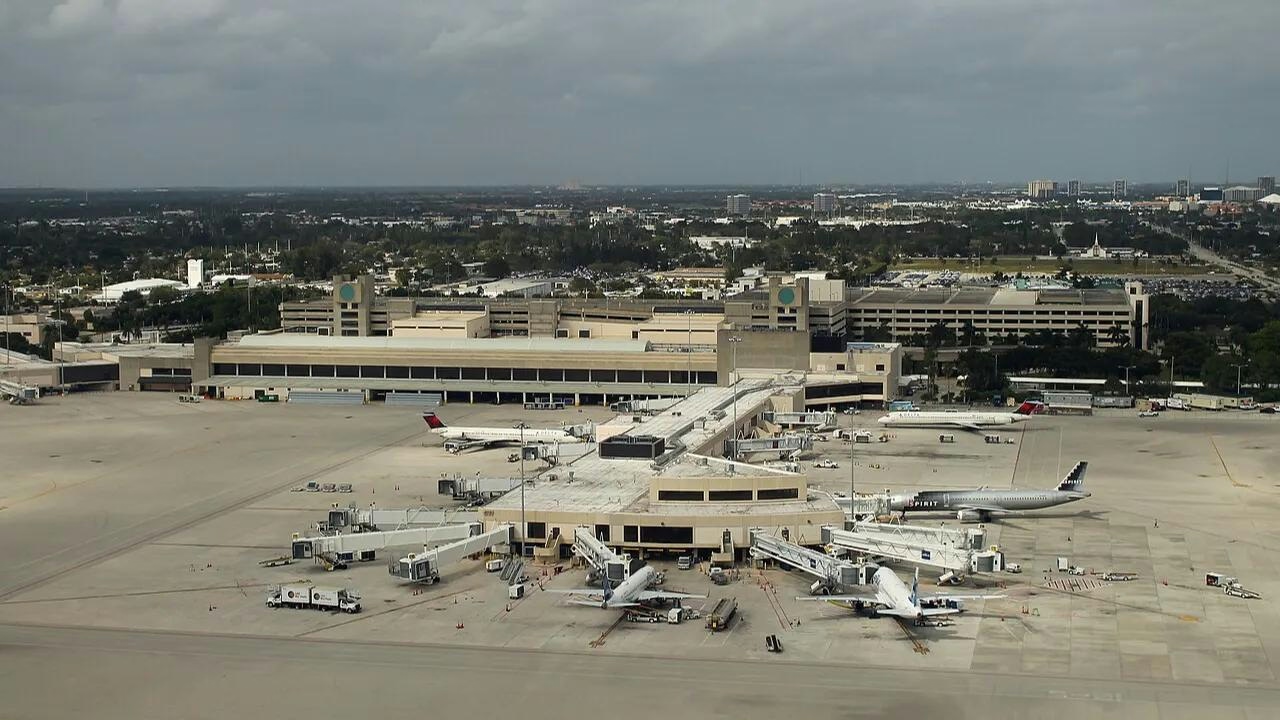
IATA Projects Airline Profits of $41 Billion in 2026
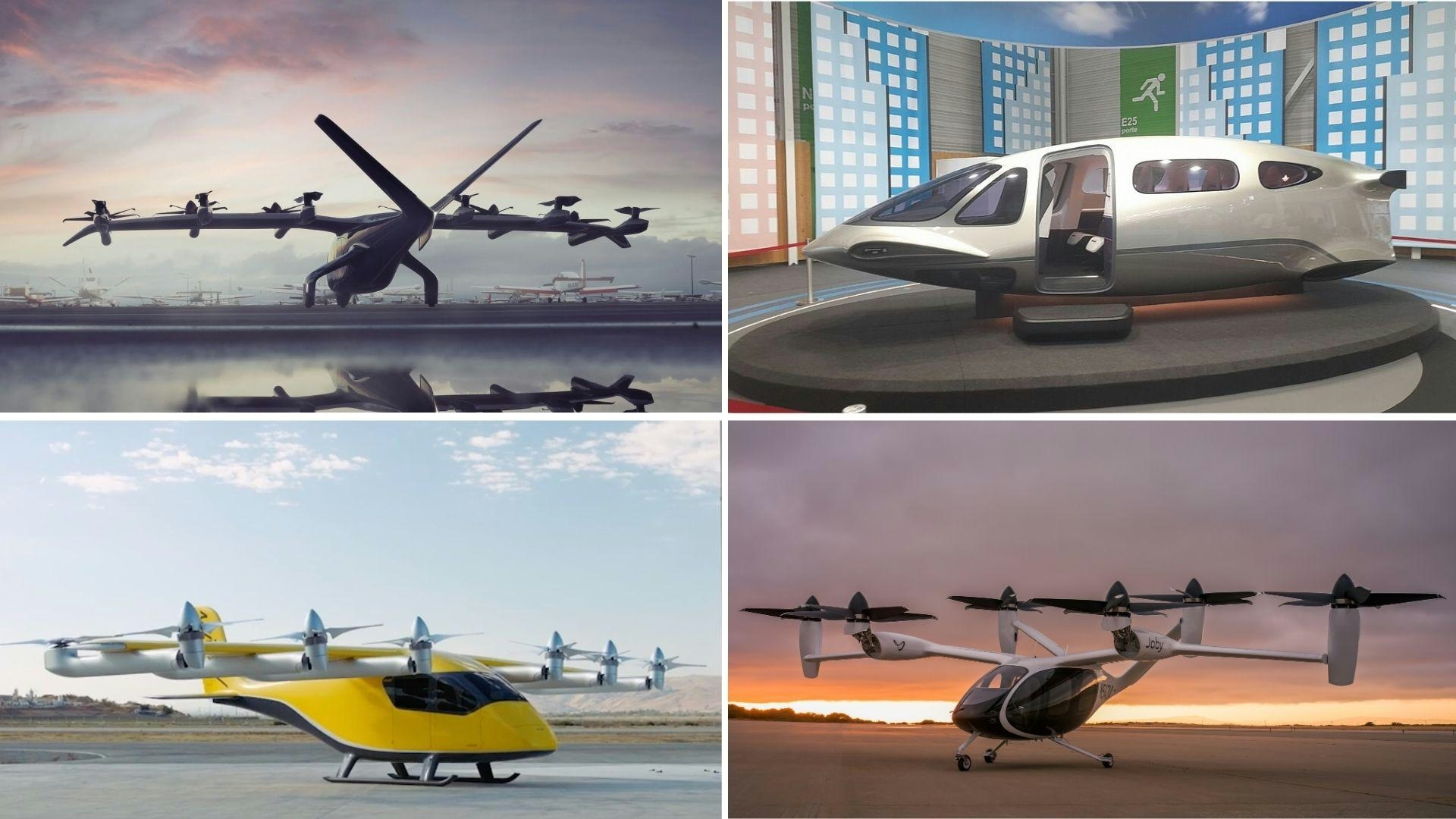
Five Air Taxis Poised to Shape Urban Mobility by 2026
